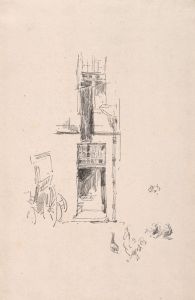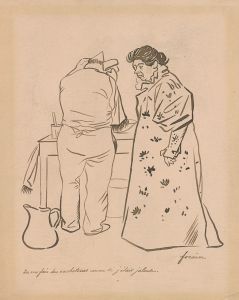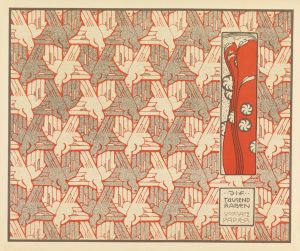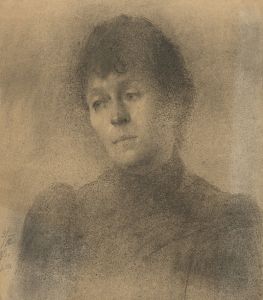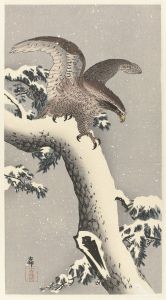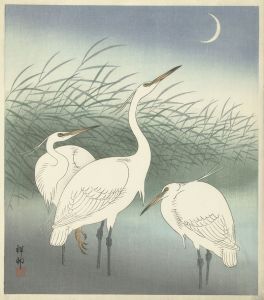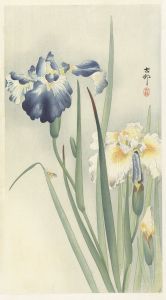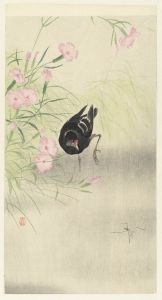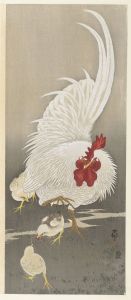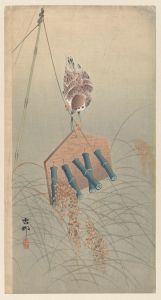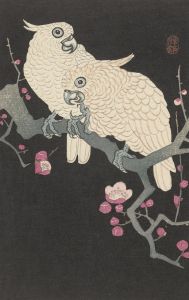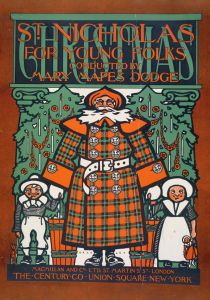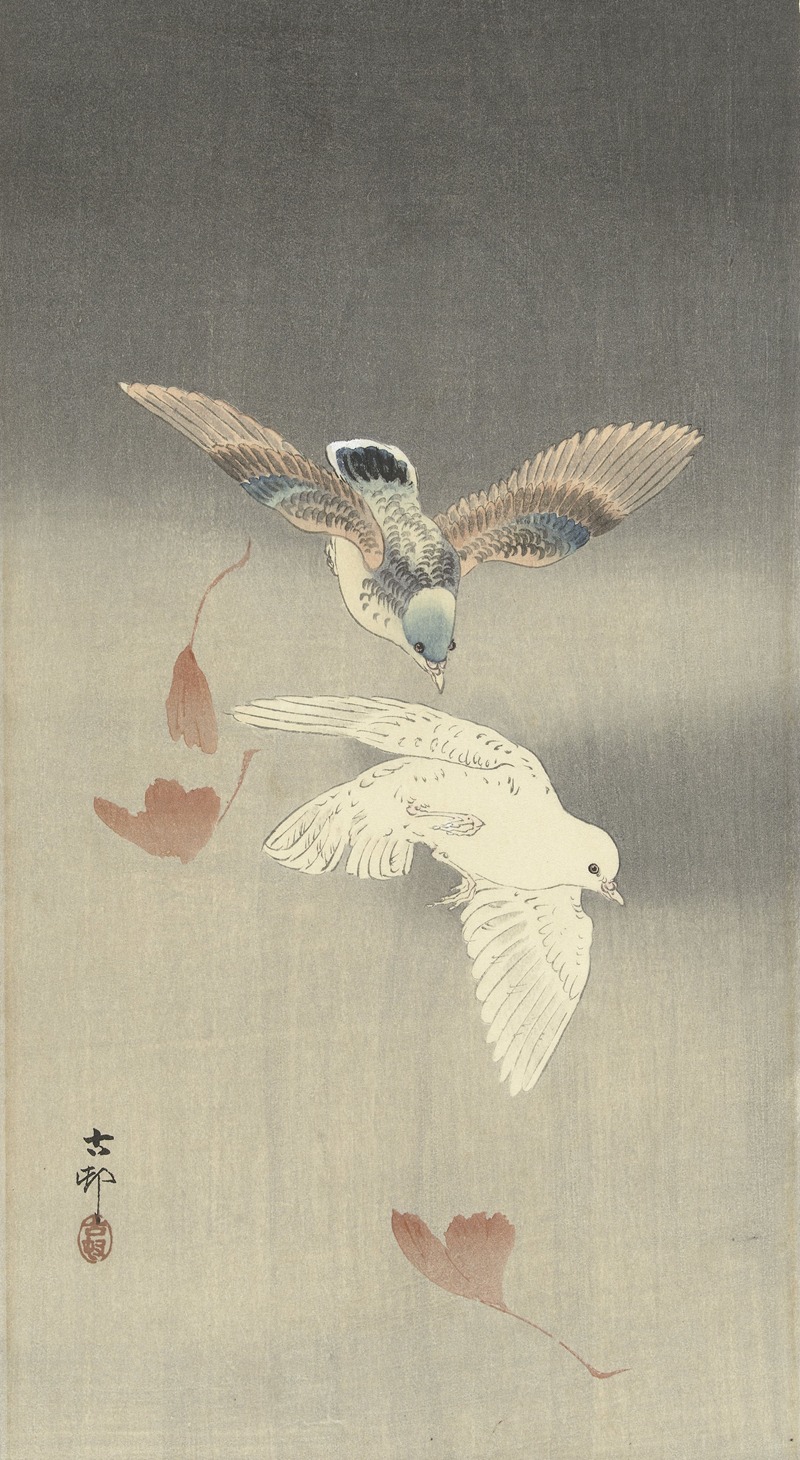
Two pigeons with falling ginkgo leaves
A hand-painted replica of Ohara Koson’s masterpiece Two pigeons with falling ginkgo leaves, meticulously crafted by professional artists to capture the true essence of the original. Each piece is created with museum-quality canvas and rare mineral pigments, carefully painted by experienced artists with delicate brushstrokes and rich, layered colors to perfectly recreate the texture of the original artwork. Unlike machine-printed reproductions, this hand-painted version brings the painting to life, infused with the artist’s emotions and skill in every stroke. Whether for personal collection or home decoration, it instantly elevates the artistic atmosphere of any space.
Ohara Koson (1877–1945) was a Japanese artist known for his work in the genre of kachō-ga, which translates to "bird-and-flower painting." This genre is a subcategory of ukiyo-e, a traditional Japanese art form that flourished from the 17th through the 19th centuries. Koson is particularly celebrated for his prints of birds and flowers, which are characterized by their delicate beauty and meticulous attention to detail.
"Two Pigeons with Falling Ginkgo Leaves" is one of Koson's notable works. This piece exemplifies his skill in capturing the serene and transient beauty of nature. The artwork depicts two pigeons perched on a branch, surrounded by the falling leaves of a ginkgo tree. The ginkgo leaves, with their distinctive fan shape, are rendered in soft, autumnal hues, creating a sense of seasonal change and the passage of time.
Koson's technique in this piece reflects his mastery of woodblock printing, a traditional Japanese method that involves carving an image into a wooden block, applying ink, and then pressing it onto paper. This method allows for the creation of multiple copies of the same image, making ukiyo-e prints accessible to a wide audience. Koson's prints often feature subtle gradations of color and intricate details, which are achieved through careful layering and precise carving.
The composition of "Two Pigeons with Falling Ginkgo Leaves" is balanced and harmonious, with the pigeons positioned in a way that draws the viewer's eye across the image. The falling leaves add a dynamic element, suggesting movement and the ephemeral nature of the scene. Koson's use of color is both restrained and effective, with the muted tones of the pigeons contrasting with the warm colors of the leaves.
Koson's work was part of a broader movement in the early 20th century that saw a revival of interest in traditional Japanese art forms. During this period, there was a growing appreciation for the beauty and craftsmanship of ukiyo-e prints, both in Japan and abroad. Koson's prints were particularly popular in the West, where they were admired for their elegance and technical skill.
"Two Pigeons with Falling Ginkgo Leaves" is a testament to Koson's ability to capture the quiet beauty of nature through his art. His work continues to be celebrated for its exquisite detail and serene compositions, and it remains a significant example of the kachō-ga genre. Koson's prints are held in high regard by collectors and art enthusiasts, and they can be found in museums and private collections around the world.
In summary, Ohara Koson's "Two Pigeons with Falling Ginkgo Leaves" is a beautiful example of kachō-ga, showcasing the artist's skill in woodblock printing and his ability to depict the delicate beauty of nature. The piece reflects the traditional Japanese appreciation for the transient and fleeting moments in life, captured with elegance and precision.





